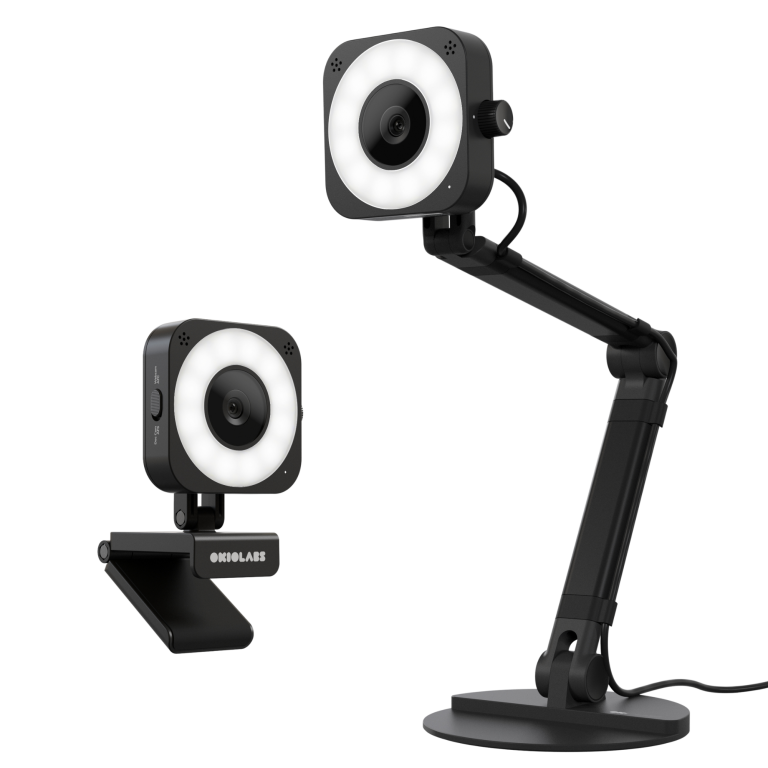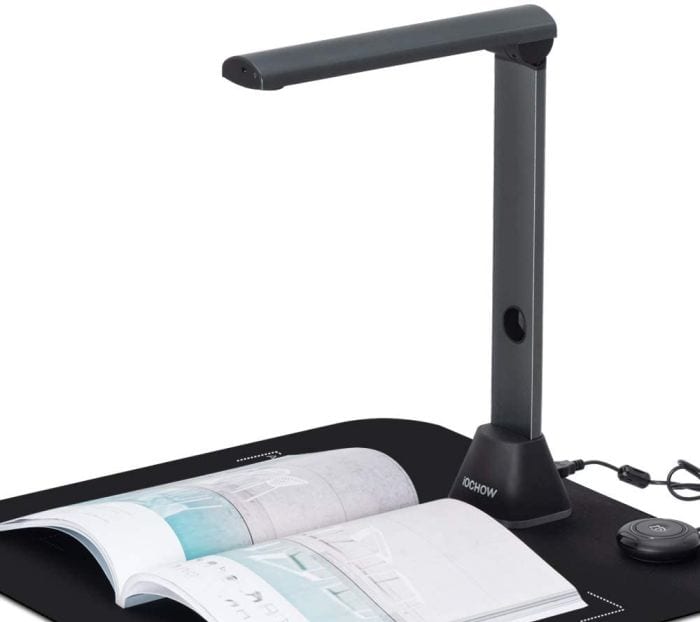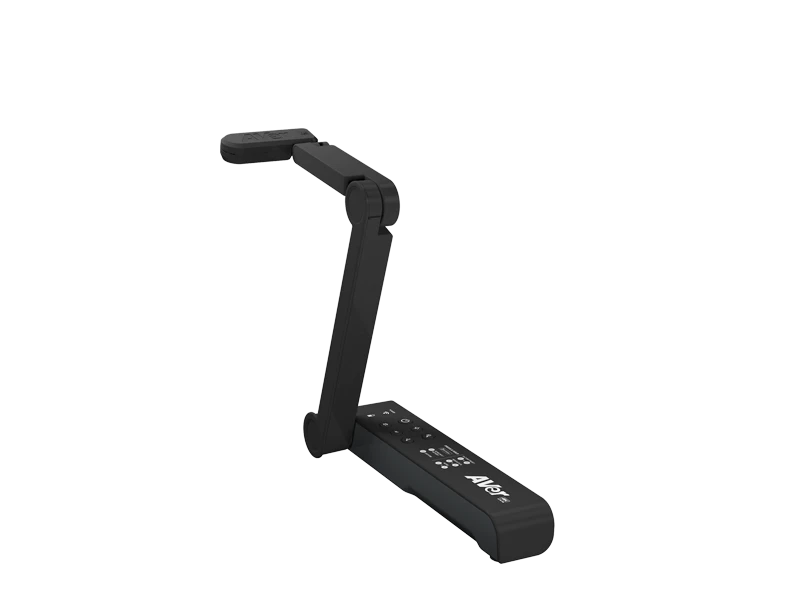Choosing the correct document camera is essential for enhancing presentations, whether in education, business, or other professional settings. This versatile tool allows you to display documents, objects, and even live actions to a broader audience. To find the most suitable document camera, it is essential to understand the options available on the market and determine which features align with your needs.
Understanding Document Cameras
Overview
A document camera, also known as a visualizer, serves as an imaging device that captures physical objects or documents and displays them in real-time to an audience. They have transformed from basic overhead projectors to advanced tech tools, integrating high-definition imaging and interactive functionalities. A good document camera offers more than mere projection; it provides a pathway for interactive education and engaging presentations.
Key Features
Typical features of document cameras include high-resolution cameras for clear, sharp images, and powerful zoom capabilities to focus on fine details. A camera’s compatibility with display equipment and its connectivity options—such as USB, HDMI, or Wi-Fi—are also crucial for streamlined integration into your existing setup. Additionally, some document cameras come with added features like adjustable arms, onboard lighting, and image enhancement tools, which can greatly benefit presentations.

Evaluating Your Needs
Personal vs. Professional Use
Are you an educator seeking to enhance student engagement or a professional needing to demonstrate products with precision? Your application will dictate the type of document camera you need. For standard personal use, such as sharing documents during virtual meetings, a basic model may suffice. But for dynamic classroom or large venue presentations, investing in a high-end document camera with advanced features is essential for ensuring a captivating viewing experience.
Specific Requirements
Reflect on the types of materials you will be presenting. If you work mainly with flat documents, a standard camera should meet your needs. However, if you need to display textured surfaces or 3D objects, a model with higher resolution and a superior zoom function becomes necessary. If your work requires you to move from room to room or building to building, consider a lightweight, portable device—some even come with carrying cases.

The Best Document Camera Features
High-Quality Imaging
The clarity of the image produced by a document camera is a critical factor to consider. High-definition (HD) resolutions, such as 1080p or even 4K, will ensure that viewers can see details without pixelation. Remember that higher resolutions may require more powerful projection or display hardware to maintain image quality.
Connectivity and Compatibility
Look for a document camera that supports a variety of output options to maximize compatibility with different displays and systems. Those with plug-and-play capabilities save time and hassle. Moreover, consider cameras that offer software or apps that enhance productivity—such as the ability to capture and edit images or to integrate directly with interactive whiteboards or collaboration platforms.
Versatility
To adapt to various presentation needs, select a document camera that offers adjustable parts. Cameras with swivel heads, necks, and arms can cover larger areas and can capture different angles. This makes for a more dynamic presentation by allowing the audience to view objects from multiple perspectives. Some cameras come with an onboard microphone, which is a significant plus for video conferencing or recorded presentations.

Making the Right Choice
Research and Reviews
Investing time in researching can save you from future disappointment. Examine the market, check out expert reviews, and sift through customer feedback to get a sense of a camera’s performance and reliability. This research will also give insight into how user-friendly the device is and whether it lives up to its advertised features. Also, look for information regarding warranty and support, as these aspects indicate the manufacturer’s confidence in their product and commitment to customer satisfaction.
Budget
While your budget is an essential factor in choosing a document camera, it’s necessary to weigh the cost against the benefits offered. Keep in mind that an initially more expensive camera can prove to be cost-effective over time if it’s durable and comes with features that save time or enhance the quality of your presentations. Consider the long-term value rather than just the initial expenditure.

Enhancing Interactivity in Presentations
Interactive Tools and Software
In an era where engagement is paramount, the best document cameras come equipped with interactive tools that can transform a presentation from static to dynamic. Some models offer features like annotation capability, where you can draw, highlight, and write on the live video feed, which is particularly useful in educational settings or when collaborating on documents during meetings. Additionally, document cameras with onboard software might provide recording functions, allowing users to save sessions for later review or for those who couldn’t attend in person. When selecting a camera, consider the software integrations and additional tools it provides to enrich interactivity and audience engrossment.
Building Audience Connection
One of the main aims of using a document camera is to build a stronger connection with your audience. By displaying objects and documents vividly, you captivate the audience’s attention and can communicate more effectively. Look for cameras that allow you to switch between the document camera feed and other multimedia sources smoothly. This seamless transition keeps the presentation flowing and maintains audience interest. A document camera that fosters an interactive environment not only enhances learning and comprehension but also encourages participation and feedback, making the overall experience more memorable.

Future-proofing
With technology evolving rapidly, it’s wise to consider future-proofing your investment. A document camera with firmware that can be upgraded or hardware that can be augmented with new attachments or accessories offers longevity. Additionally, consider the manufacturer’s reputation for releasing consistent updates and staying at the forefront of technology trends. By choosing a device with future-proofing in mind, you ensure that your document camera remains compatible and competitive, continuing to serve your needs as technologies develop and change.
Selecting the right document camera for your needs involves careful consideration of factors such as intended use, required features, and cost. By prioritizing high-quality imaging, flexible connectivity options, and versatile form factors, you can identify a camera that not only fits your budget but also elevates your presentation capabilities. Comprehensive research combined with a clear understanding of your unique demands will lead you to the most appropriate document camera, ensuring that your information is conveyed effectively and engagingly. With the right tool at your disposal, the possibilities for dynamic and impactful communication are limitless.
